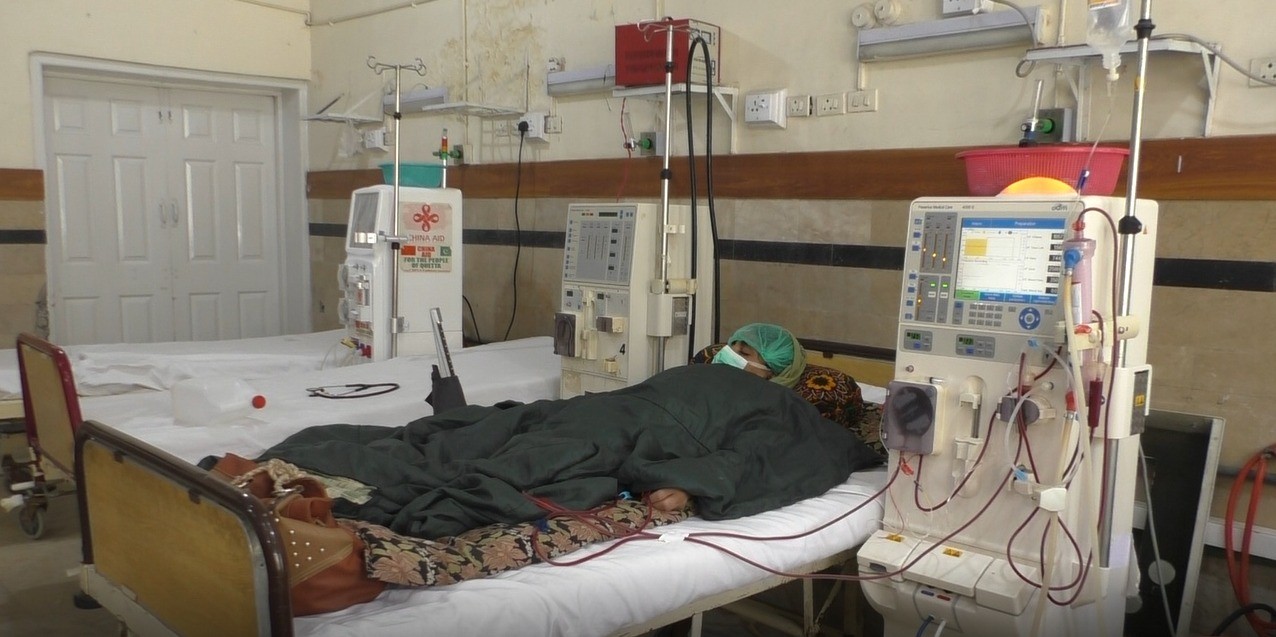Bifurcation of health department Balochistan
Editorial :
In a major development, the Balochistan government divided the health department into two administrative departments the other day. The first part of the health department is primary and secondary healthcare. However, the second part of the department is declared as specialized healthcare and medical education department.
“The government has decided to divide health department into two separate administrative departments in the interest of public service”, a notification said. This simply means dividing the burdeon and decentralization of power.
Improvement in health and education sectors have always been the hallmark of every successive government in Balochistan. Although, little progress made in both sectors despite allocation of much of the budget every year.
Problem lies at BHU level
Basic health units, rural health centrs and district headquarters hospital paint a bleak picture when it comes to service delivery. This is one of the underlying reasons that patients travel for hundreds of miles to reach Quetta for medical treatment.
Indeed, health problem lies at the basic health unit level. If a qualified doctor treats and diagnosis a patient, then it would not only help recovery of the patient, rather it would also reduce burdeon on Quetta’s hospitals. Although, currently patients are at the mercy of quakes in far-flung areas of Balochistan.
The Peoples Primary Health Initiative (PPHI) has performed well in terms of service delivery and provision of medicines to the patients in rural Balochistan. PPHI operates over 700 BHUs in rural Balochistan. 200 BHUs are not currently functional in the province.
Improving health services in a BHU requires indeginious approach
Bifurcation: there is huge difference between issues in Quetta’s largest hospitals i.e. Bolan Medical Complex Hospital and a BHU located near the Iranian or Afghan border. Improving health facilities in the BHU or Rural Health Center (RHC) needs local indeginious approach rather than a centralised one.
Similarly, a centralised approach is imperative to address issues of doctors, medicines and availability of machines in BMC and civil hospitals. There has to be a strong mechanism to make sure improvement in health facilities in the provincial capital.






